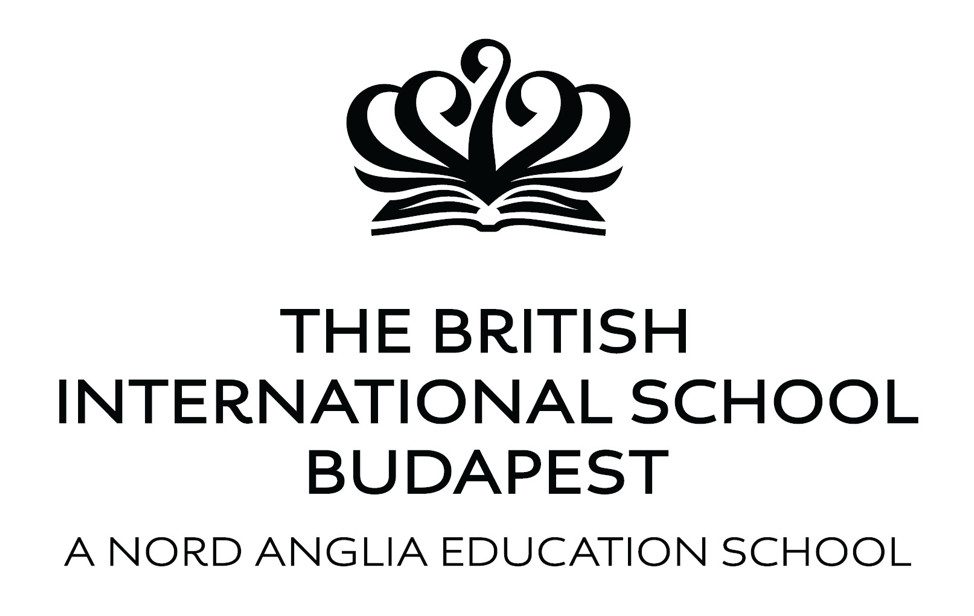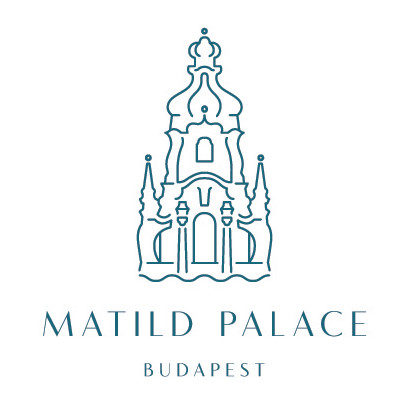Master MS & His Age, Museum of Fine Arts
- 11 Jul 2025 2:43 PM

The seven surviving panel paintings of this monumental masterpiece of late medieval art have never before been brought together in a single exhibition.
The exhibition, where visitors can see nearly one hundred works of art, maps, models, goldsmith’s pieces and period documents. They will not only discover the artist’s known and newly attributed works, but also a comprehensive overview of his artistic milieu, the artistic regions that influenced his style, and the historical context of Hungary at the turn of the fifteenth and sixteenth centuries.
The curators even suggest a possible solution to one of the most interesting mysteries in Hungarian art history: who might be behind the MS monogram.
The monographic exhibition, organised in conjunction with the Christian Museum of Esztergom and with contributions from over twenty lending institutions, will hopefully open a new chapter in the decades-long research into Master MS’s identity and art.
The exhibition was preceded by an extensive research project carried out by a team of historians, art historians, and conservators to define the artistic milieu surrounding the medieval master.
The research examined the artist’s most famous masterpieces, the panel paintings from the former high altarpiece of Saint Catherine’s Church, as well as other works attributed to him, while seeking to reconstruct the social, historical, ecclesiastical and artistic context of the altarpieces.
As a result of these analyses and examinations, the exhibition provides a clearer picture of Master MS. It attributes a number of previously unidentified paintings and drawings to him or his workshop. The newly identified works also help trace the master’s movements: he probably lived in Nuremberg in the final years of the fifteenth century before settling in Vienna, where he established a successful and enduring career.
The first section of the exhibition takes visitors to the turn of the fifteenth and sixteenth centuries, providing a historical background for Master MS’s career with an overview of the Jagiellonian era.
Following the historical introduction, the exhibition focuses on the high altarpiece of Banská Štiavnica. Alongside the altarpiece, this section also offers insights into everyday life in the historic mining towns of Upper Hungary.
Until recently, only one known work bore Master MS’s monogram: a drawing in the Musée du Louvre depicting an amorous couple playing music. This work offers great help for the research since, unlike paintings, which often involve the hands of multiple workshop assistants, this drawing provides a direct link to the master’s own technique.
Based on the comparison of the draughtsmanship evidenced by this sheet and the style of the Banská Štiavnica altarpiece, curators have identified six additional drawings as autograph works by Master MS, most of which appear to be practice sheets he made during his early years in Nuremberg.
This exhibition chapter also highlights the artist’s connection with Albrecht Dürer, demonstrating that Master MS borrowed many elements from Dürer’s early works, namely engravings and drawings, which he only had access to in Nuremberg, where Dürer was active.
In addition to drawings, visitors will also see newly attributed paintings. Included among them is the epitaph of Paul Vinck and Anna Heckl, standing out as perhaps the most important new work attributable to Master MS. While its overall composition appears distinct from the Banská Štiavnica panels at first glance, closer examination reveals key similarities.
The circumstances of this work’s commission have contributed to a better understanding of the locations where Master MS worked, suggesting that by the early 1500s, he had established his workshop in Vienna.
A separate section examines a wall painting in the Stephansdom, Vienna, depicting three saints, an ensemble that is also likely to be the work of Master MS. Another section explores an epitaph from Wiener Neustadt, commissioned for Alexius Funck and Margarethe Stainer in the 1520s.
In this part of the exhibition the curators put forward a new proposal for the identity of the artist behind the MS monogram: a painter named Michel Schröter, who was active in Vienna.
The final section of the exhibition provides visitors with a glimpse into the complex examinations carried out in restoration workshops on centuries-old masterpieces and how all this contributes to the work of art historians.
The research on painted techniques was carried out in the diagnostic laboratory of the National Centre for Restoration and Storage by the following staff: Éva Galambos, Eszter Tuzson, András Grynaeus, Mátyás Horváth, Zoltán May, Máté Karlik.
The Jagiellonian-era historical section is curated by Gergely Buzás, archaeologist and director of the Matthias Corvinus Museum at the Hungarian National Museum.
The Master MS section is curated by Gábor Endrődi, art historian and associate professor at Eötvös Loránd University; Manga Pattantyús, art historian and curator of the Museum of Fine Arts, Budapest; and Emese Sarkadi Nagy, art historian at the Christian Museum of Esztergom and associate professor at the Eszterházy Károly Catholic University.
The exhibition is organised as part of the Bartók Spring International Art Weeks.
More:
Museum or Fine Arts Budapest




























LATEST NEWS IN community & culture